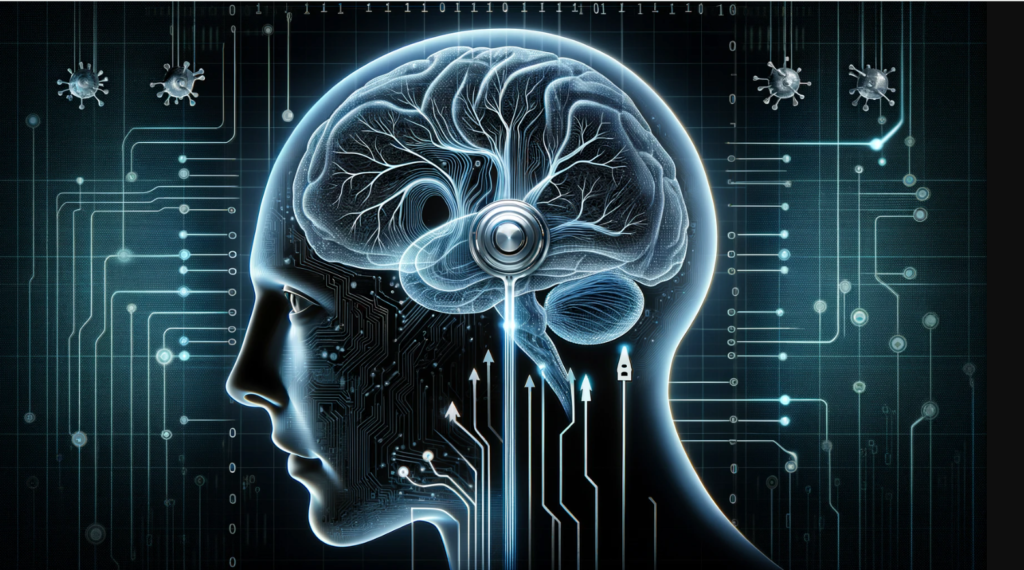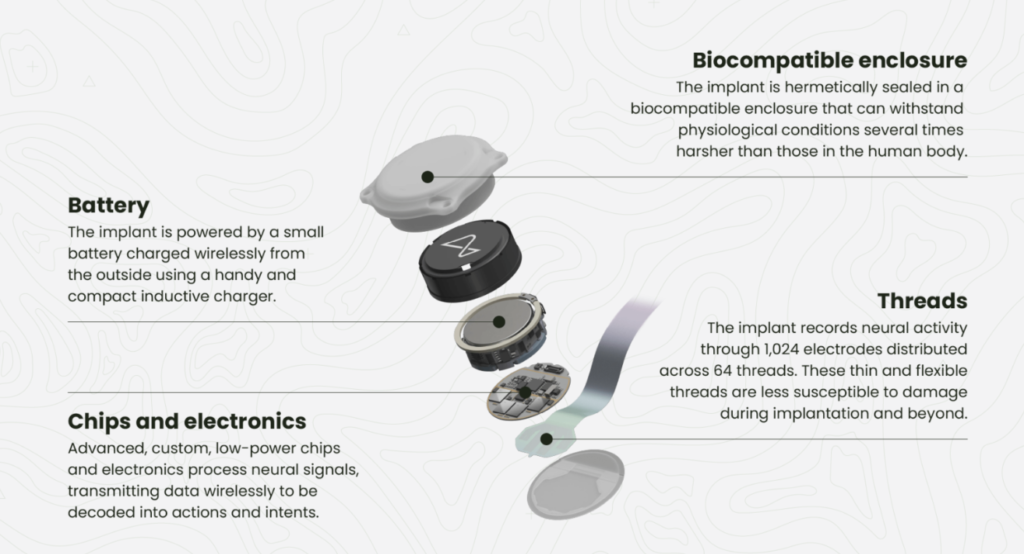Can you imagine moving a cursor just by thinking about where you want it to go? Crazy tech, right? Elon Musk has a track record of turning technically challenging engineering tasks into profitable ventures, and this time, it’s Neuralink we’re talking about.
In a major milestone, Neuralink recently announced that it received FDA approval to begin human trials of its brain chip technology in early 2024. This marks a significant step forward in the company’s mission to develop advanced brain-computer interfaces (BCIs) that can help restore functionality for individuals with neurological conditions and enhance human capabilities.
Neuralink, a company founded by Elon Musk, aims to revolutionize brain-computer interfaces (BCIs). By developing advanced technologies that allow direct communication between the brain and external devices, Neuralink seeks to restore functionality for individuals with neurological conditions and enhance human capabilities. The initial focus is on addressing paralysis and treating complex neurological conditions.
But how does it achieve this? This article delves into the cellular-level workings of Neuralink’s brain chip, using insights from several key patents.

1. Implantation of the Device:
Patent: US20230165594A1 – Automatic Craniotomy and Bonework via Milling, Force Sensing, and Impedance Sensing
Process:
The implantation of Neuralink’s device begins with a highly precise surgical procedure. Using a computer numerical milling machine, a small opening, or craniotomy, is created in the patient’s skull. The system includes force and impedance sensors to control the milling tool’s feed rate, ensuring precise and safe operations. This automated process reduces the risks associated with manual surgeries, allowing for the accurate placement of the device.
2. Neural Interface & Signal Transmission:
Patent: US11663151B2 – Network-on-Chip for Neurological Data
There are about 86 billion neurons in the human brain, which are nerve cells linked to one another via synapses. A little electrical impulse is produced and transmitted extremely fast between neurons whenever we desire to move, feel, or think.
Through the use of wires implanted into the brain or a non-invasive cap worn on the head, scientists have created devices that can detect some of those impulses.
Millions of dollars in research money seem to be going towards this technology, which is called a brain-computer interface (BCI).
Process:
Once implanted, the ultra-thin, flexible threads equipped with electrodes interface with neurons. These electrodes capture electrical impulses (action potentials) generated by neurons. The electrodes are part of a network-on-chip that includes an array of amplifiers to process these neural signals. The captured signals are then converted from analog to digital data, ensuring accurate and efficient transmission.

3. Data Processing and Feedback:
Patent: US20230168317A1 – Soak Tester Apparatus and System
Process:
The external device processes the transmitted neural data using advanced algorithms to decode the brain’s intentions. This patent covers a testing apparatus that simulates physiological conditions to ensure the durability and reliability of the implantable device. It includes a Faraday cage to minimize electromagnetic interference and a charging coil for wireless power transmission. This ensures the device remains functional and accurate under various conditions.
Conclusion
Neuralink’s advancements in brain-computer interface technology are supported by a robust portfolio of patents that ensure precision, safety, and efficiency at every stage—from surgical implantation to neural signal processing and real-time data transmission. These innovations have the potential to significantly improve the quality of life for individuals with neurological conditions and pave the way for new human-machine interactions.
From concept to reality, Neuralink’s brain chip technology is poised to change lives and push the boundaries of human potential. Stay tuned for our upcoming blog post where we continue to explore the intricate details of Neuralink’s patents and their impact on the future of neurotech.
What other companies are filing patents in the space of the brain-machine interface? Request a patent landscape around this technology by filling out the form below:



